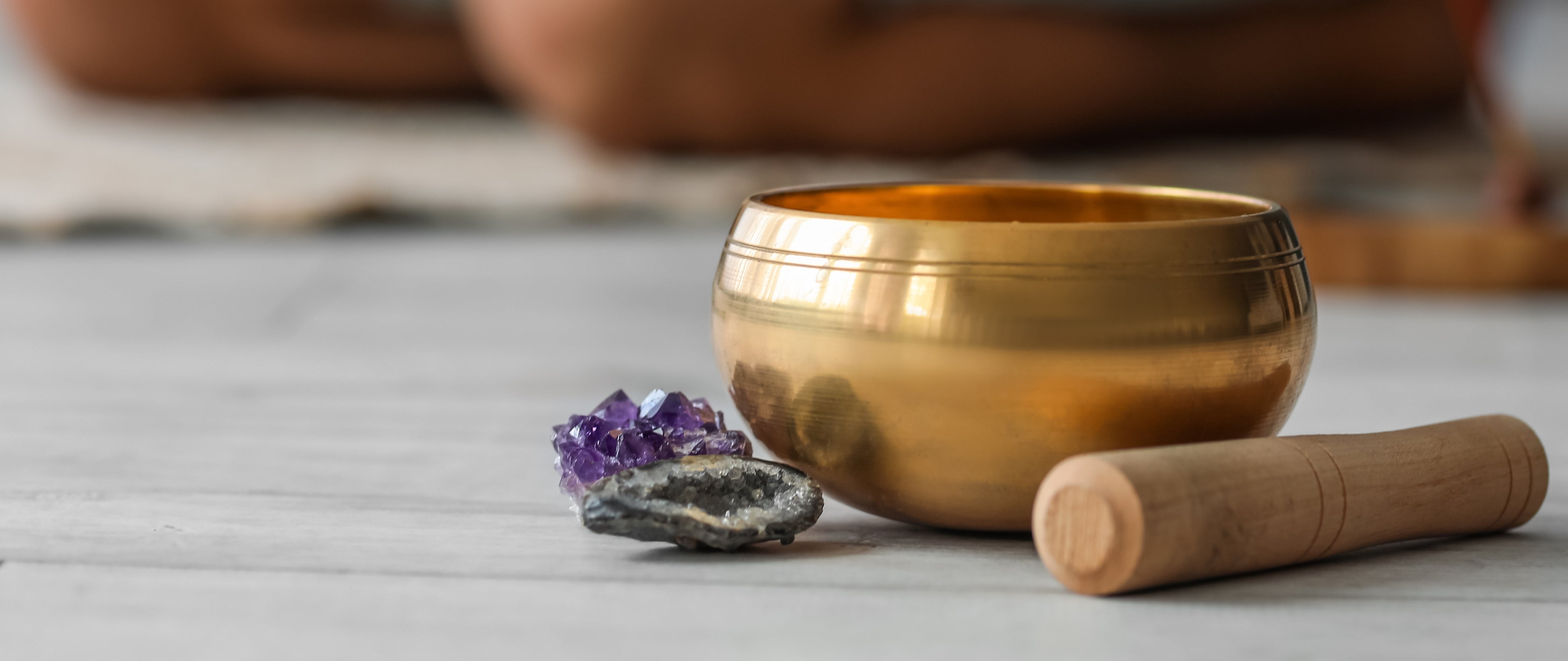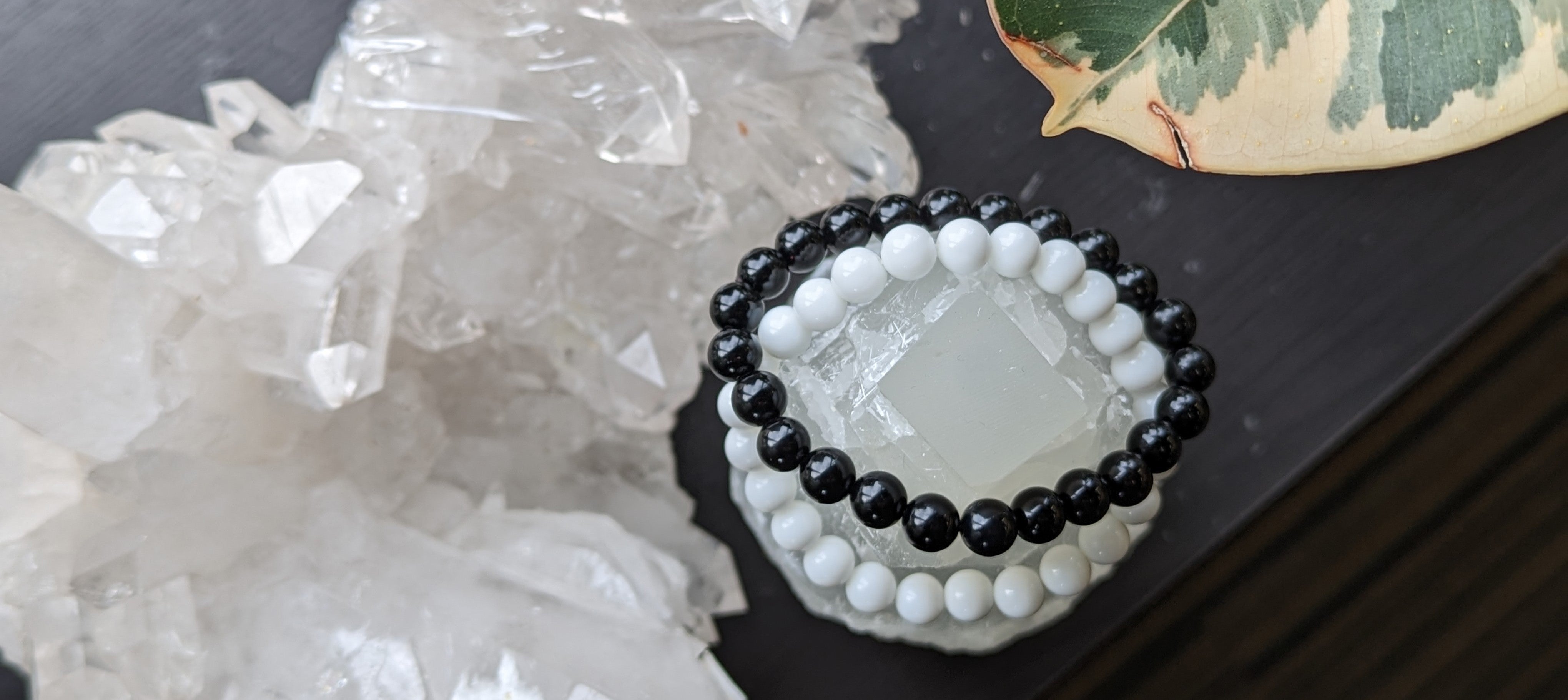The gemstone that we refer to as bloodstone is easy to identify with the human eye, but the technical classification is like traveling down a rabbit hole. Bloodstone, also known as heliotrope, is a form of jasper. A mixture of quartz, chalcedony is a cryptocrystalline form of silica, which includes the variety agate – the opaque varieties of which are called jasper.
Despite the twisting and turning that is involved with classifying this gem, bloodstone is easy to spot due to its dark base and red speckles. These red spots resemble blood, which is where the stone gets its name.
The History of Bloodstone
The first aspect of the history of bloodstone comes from its true name. Heliotrope comes from the Latin heliotropium and thus the Greek word heliotropion. These words are a combination of helio, referring to the sun, and tropos, referring to plants. This word speaks to how flowers turn towards the sun as they grow. This definition, referring to how the stone itself reflects light, was given by Pliny the Elder, a 1st century naturalist and philosopher.
In the 4th century, Damigeron (a famed writer who focused on stones) wrote that bloodstone was used for magical purposes, including the abilities to create weather, preserve youth and cause solar eclipses. This source of superstition dates back to the time of Pliny, who wrote that magicians would use this stone to turn invisible, and this power is later referred to by the Italian writer Giovanni Boccaccio in his famous work The Decameron.
In the 13th century, Albert the Great (a Catholic bishop and canonised as a saint in 1931) referred to bloodstone as the stone of Babylon. He described the stone as such because it was believed to have magical properties which the Catholic church saw as not of God.
Finding Bloodstone
Bloodstone can be found around the globe and is actually quite a common stone. The main source of bloodstone is India, and is often used as an aphrodisiac and in traditional medicines after being ground into a powder. Other countries that contain large amounts of bloodstone include Brazil, China, Australia, Armenia, Bulgaria and Scotland.
In the United States, bloodstone can be found in Nevada, California, Oregon and Washington -- essentially along the West Coast. The West Coast has silica-rich soil and groundwater which contributes to the formation of bloodstone.
The Healing Power of Bloodstone
Despite the scary-sounding name, bloodstone is used holistically as a protective gemstone. Bloodstone is used to prevent injury and threats, whether they're physical or verbal. It's used for promoting strength of will and mind, providing mental clarity in situations of high stress and a lack of motivation.
Physically, bloodstone is used to help heal ailments related to the bladder, kidneys, trauma and the endocrine system. It's also used to help treat and prevent the flu, diabetes, lupus and the common cold, among other ailments.
Bloodstone is an attractive stone with a rich history and many holistic properties. Aside from being a gemstone associated with March birthdays, it's a beautiful inclusion in jewelry pieces. Now that you know more about it, you can better appreciate this speckled gemstone.





